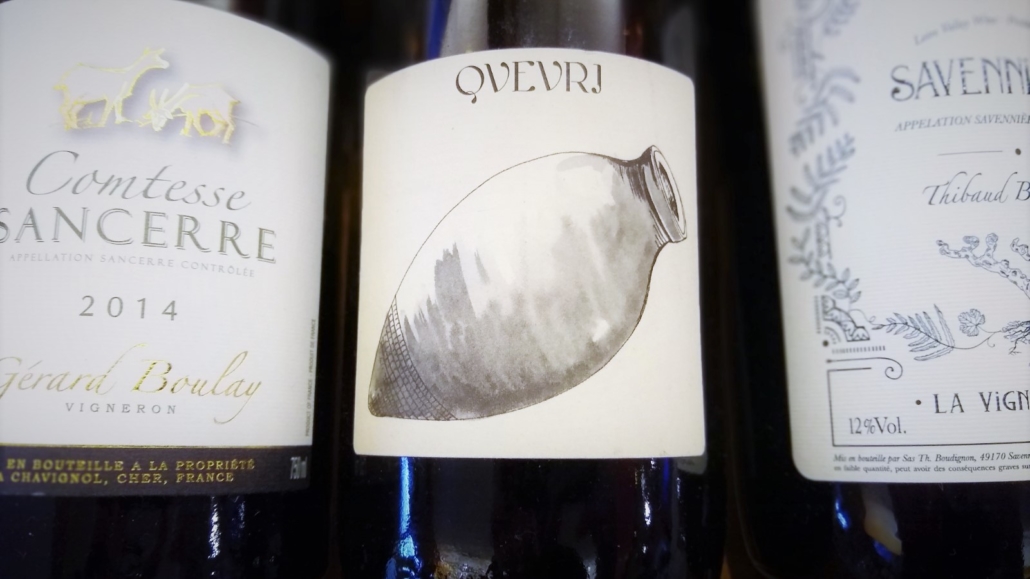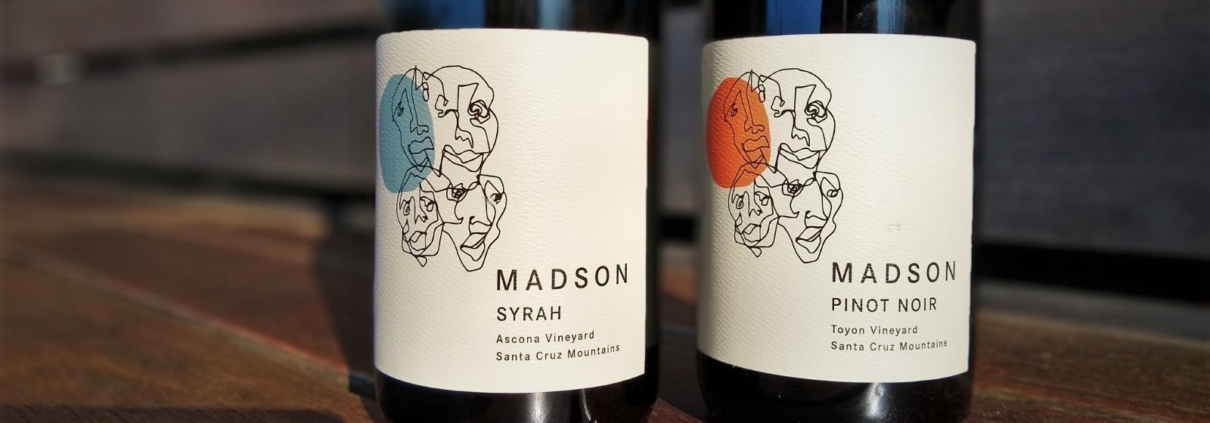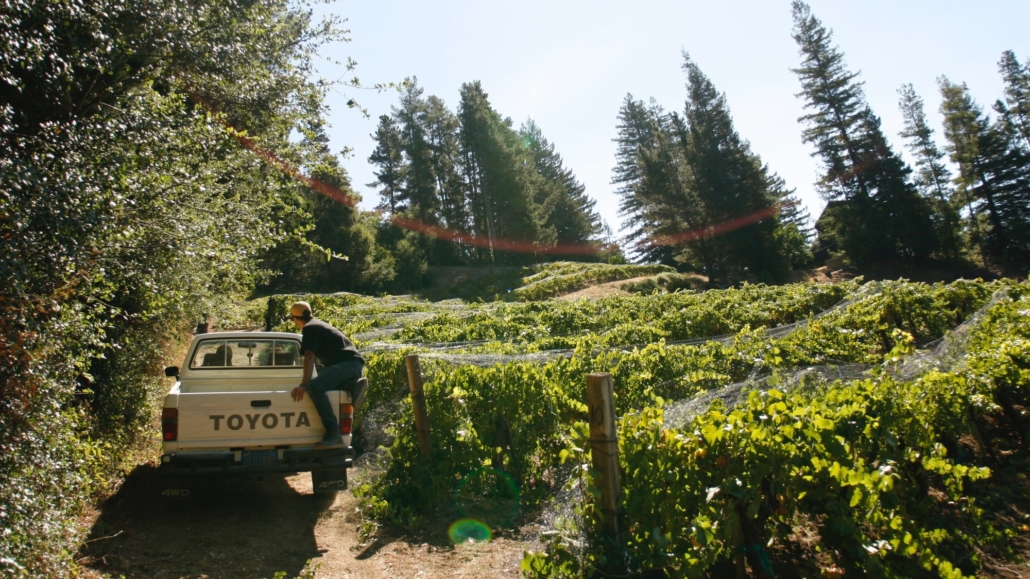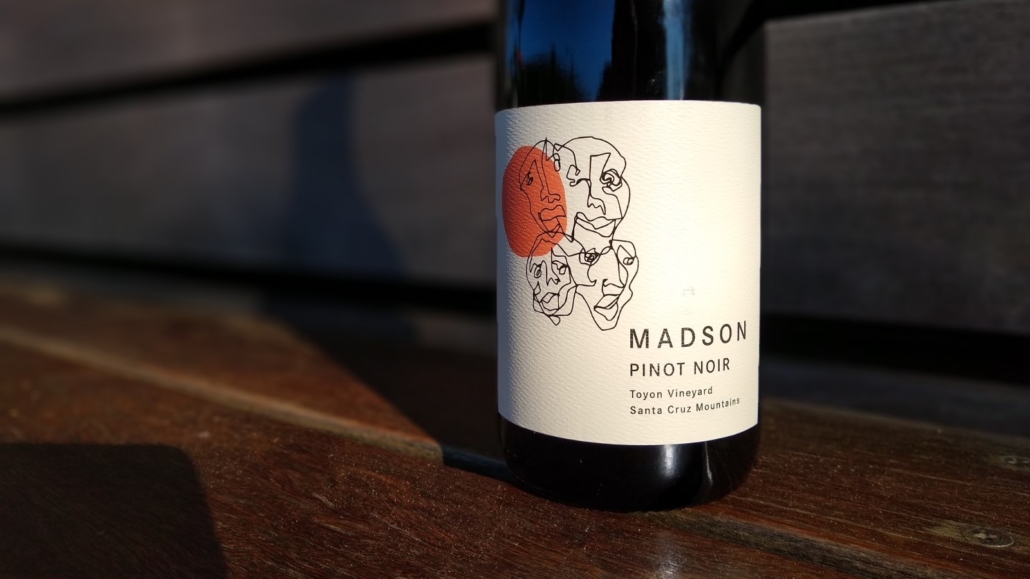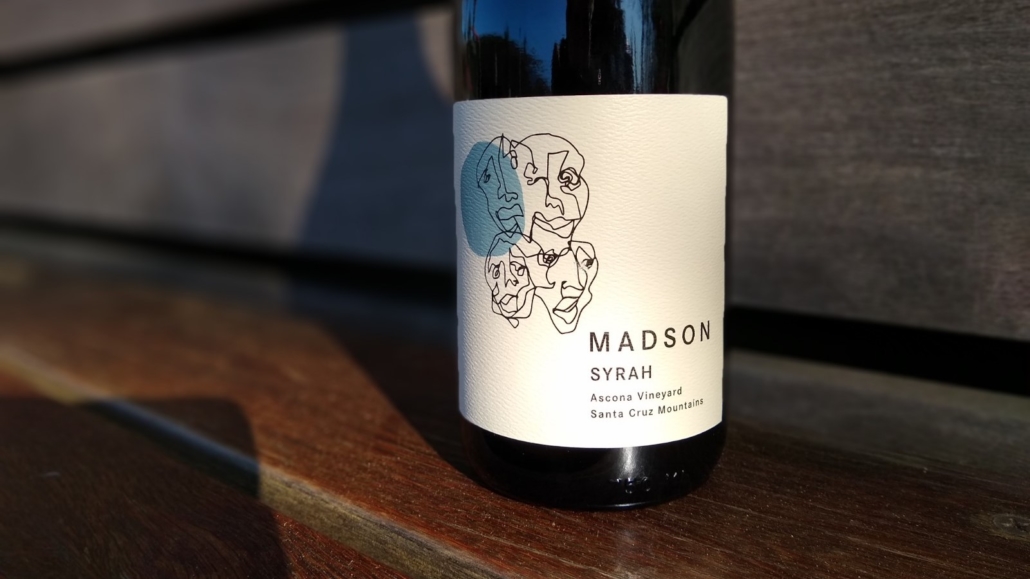The hilltop enclave of Montepulciano, located in the Southern Tuscan province of Siena, has a long and storied winemaking history. As with much of Tuscany, sangiovese reigns supreme here (known locally as prugnolo gentile). The historic town, surrounded by vineyards and benefiting from mild Mediterranean weather, produces wines that are capable of reaching the heights of its more recognizable (and, often, more expensive) neighbors, Chianti and Montalcino.
The Vino Nobile di Montepulciano moniker dates back about a century, and in 1980, the appellation became one of the first to receive Italy’s DOCG designation. To qualify for the DOCG, wines must be made of at least 70 percent prugnolo gentile and undergo at least two years of aging (three years for riserva). In the past, Vino Nobile was often considered a midpoint between the brighter, red-fruited Chianti and the darker, more tannic Montalcino offerings, although those generalizations don’t necessarily apply today.
Usually, Vino Nobile wines deliver ample medium-plus structure and bracing acidity, with tannins that are both present and quite polished. (It should be pointed out that wines from this Tuscan region are completely unrelated to wines made in Abruzzo using the montepulciano grape.) Earthy, spicy, and balanced, Vino Nobile can handle everything from hearty roasts and braises to classic tomato-based pastas.
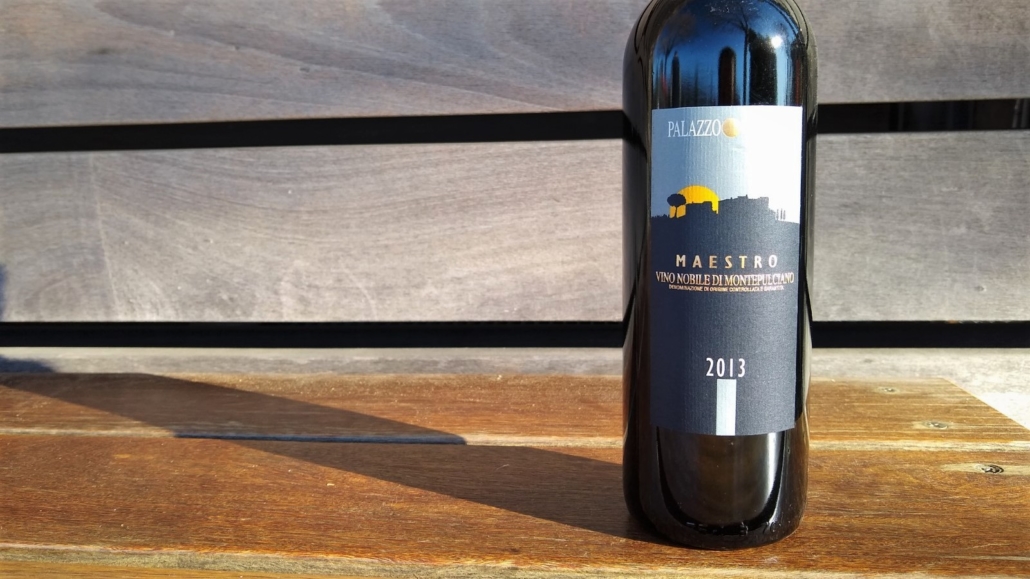
At Paul Marcus Wines, we are currently featuring a number of worthy examples. The stunning 2013 Palazzo Vecchio Vino Nobile di Montepulciano “Maestro” shows a dark ruby color and an enticing floral bouquet typical of high-level sangiovese. Made with 85 percent prugnolo gentile and rounded out with a little canaiolo and mammolo, the Palazzo Vecchio spends at least two years in French oak and six months in bottle before release. The result is an exquisite blend of power and elegance that is entering its prime.
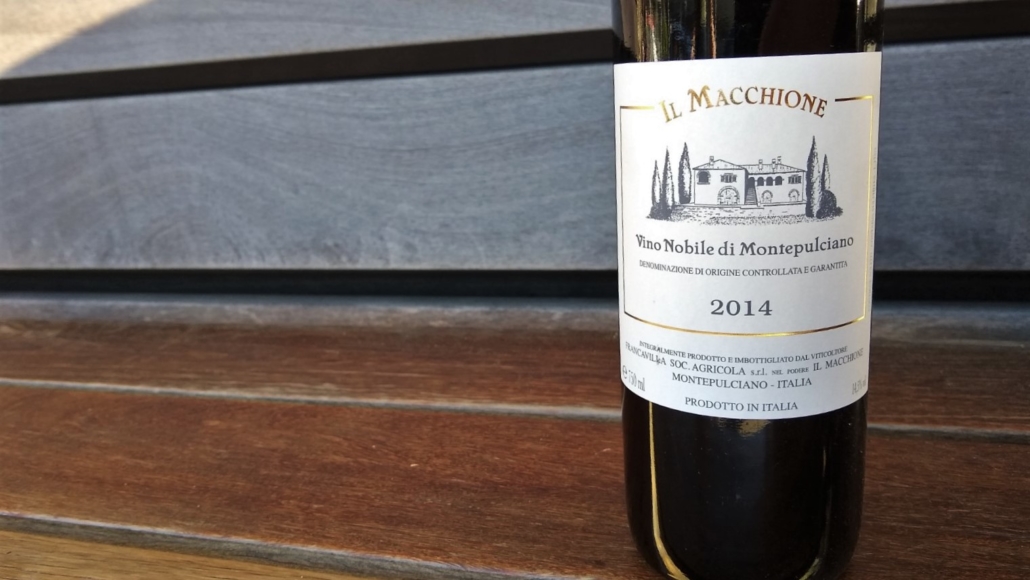
The 2014 Il Macchione Vino Nobile di Montepulciano comes from an estate that dates back to the 18th century; today it’s run by brothers Simone and Leonardo Abram, who took over in 2007. The 2014 Vino Nobile, made from 100 percent prugnolo gentile, is a very pure, stylish expression of sangiovese–tense, mineral-driven, and with just enough dusty grit.
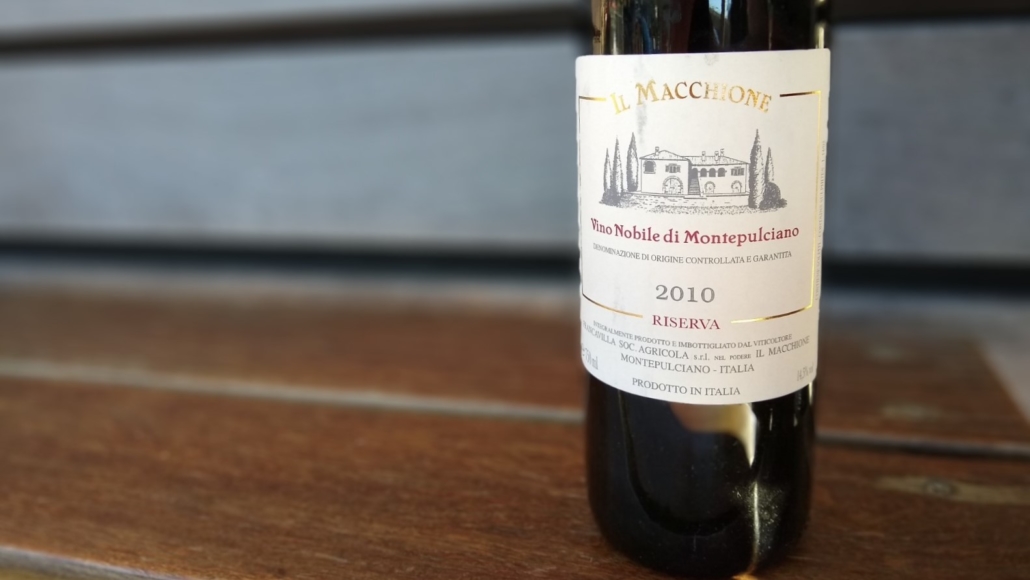
For special occasions, we are pleased to offer two of Il Macchione’s big brothers as well. The 2010 Il Macchione Vino Nobile di Montepulciano Riserva, which sees 40 months in wood of ascending sizes and an added three years of bottle aging, comes from their oldest (and highest-elevation) block. The 2009 Il Macchione Vino Nobile di Montepulciano “SiLeo” cuvee, in its first vintage, is named for the two proprietors and spent 50 months in large 2,500-liter barrels.
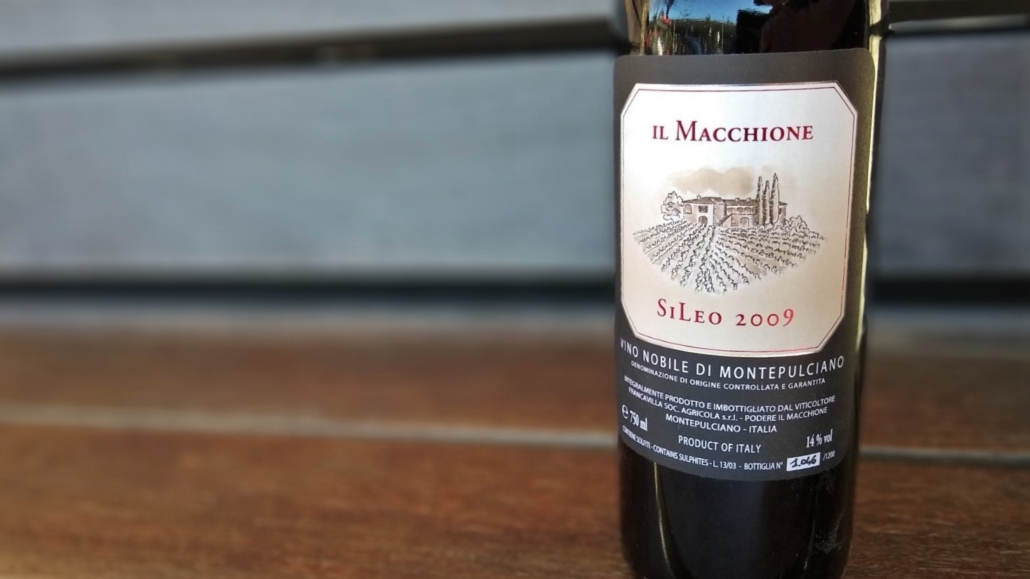
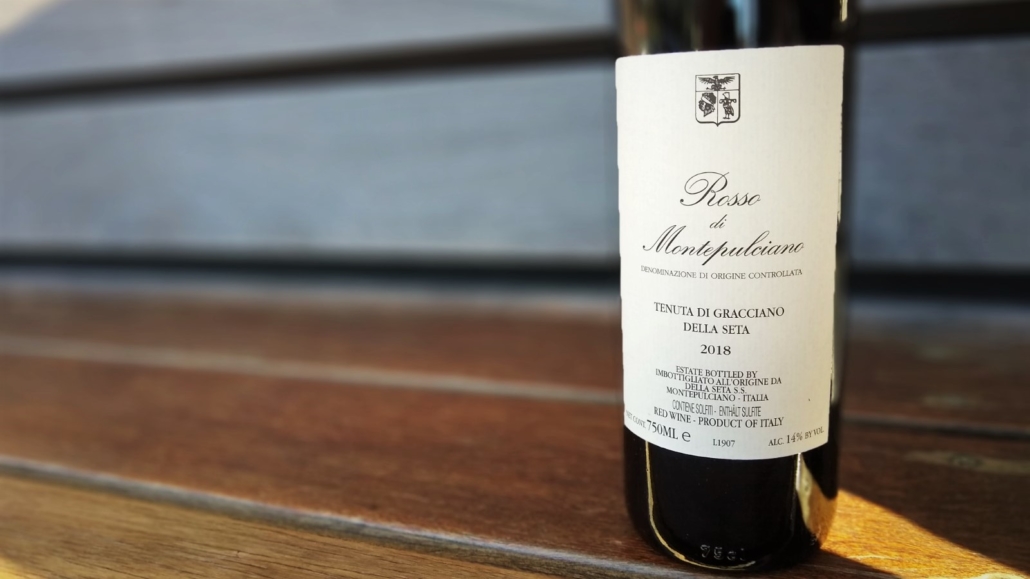
Finally, if you’re looking for an introduction to the wines of Montepulciano, the shop also offers the 2018 Gracciano della Seta Rosso di Montepulciano. This young bottling adds a bit of merlot to the mix and is done in a fresher, more accessible style, eschewing oak influence for a sleeker result.
To learn more about the sangiovese-based wines of Montepulciano, please stop by and visit us at Paul Marcus Wines.

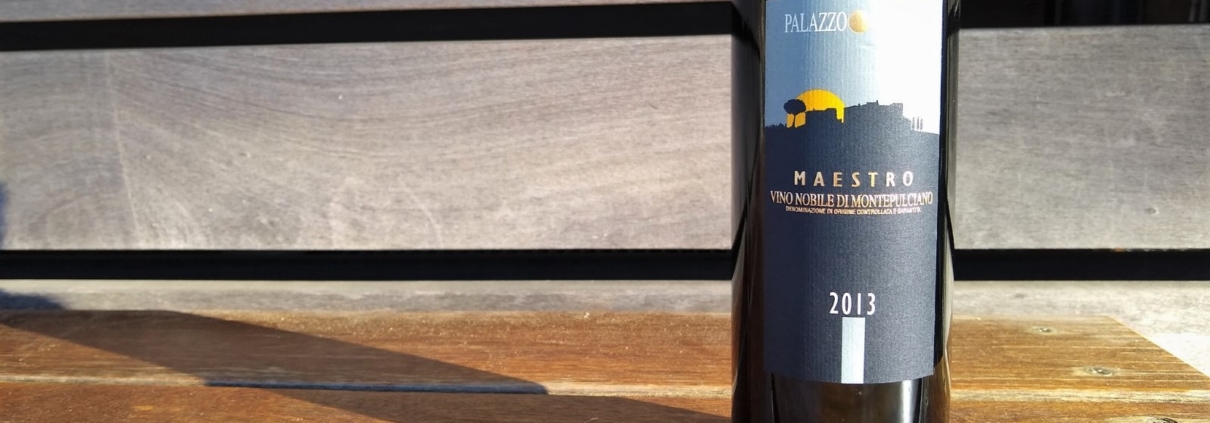

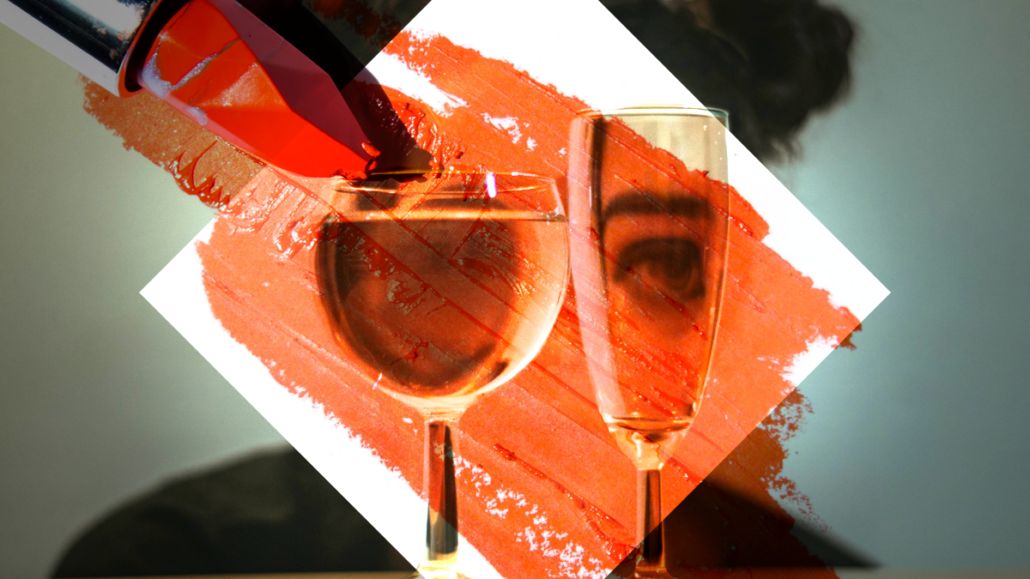 What is Orange Wine?
What is Orange Wine?